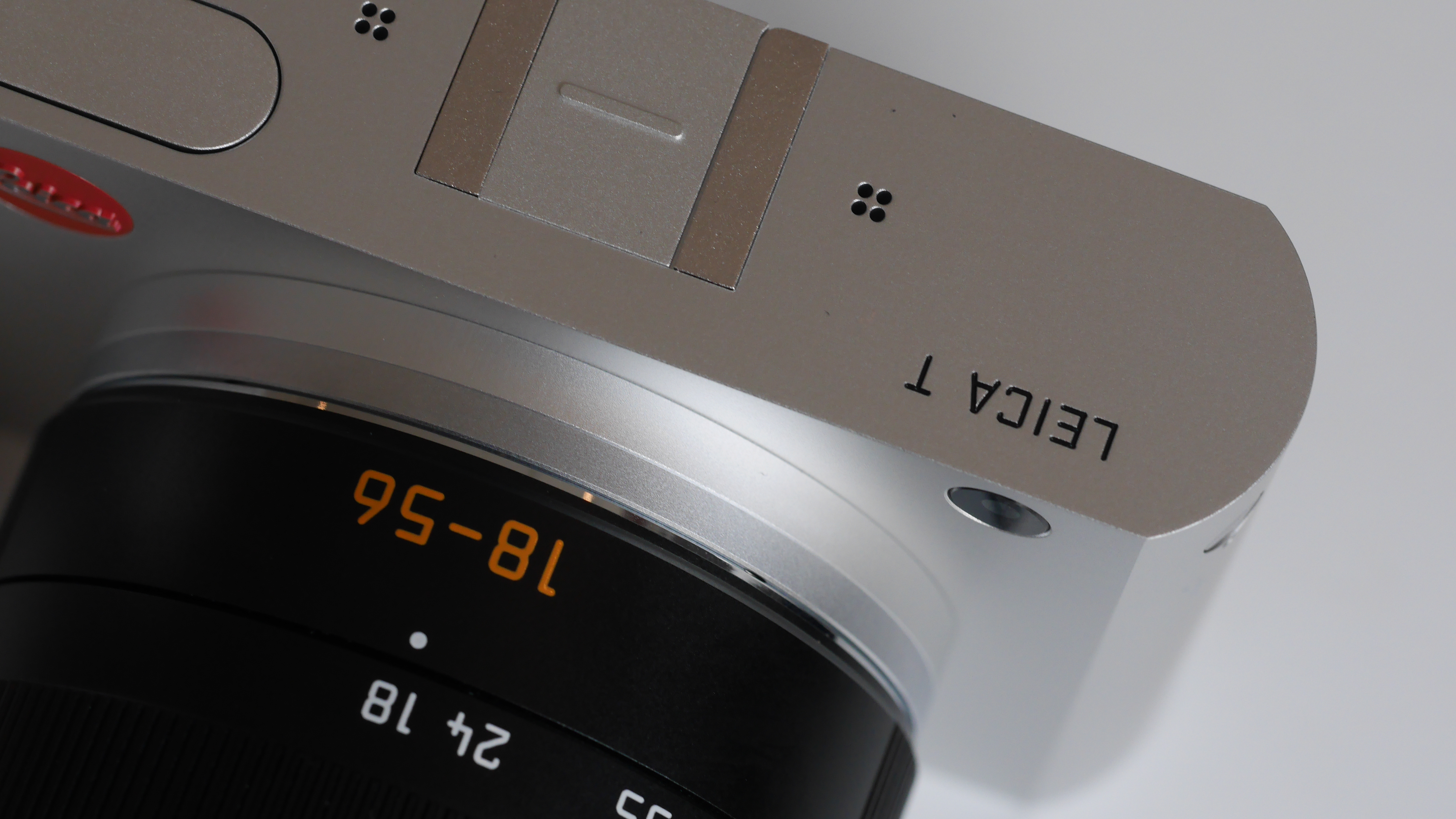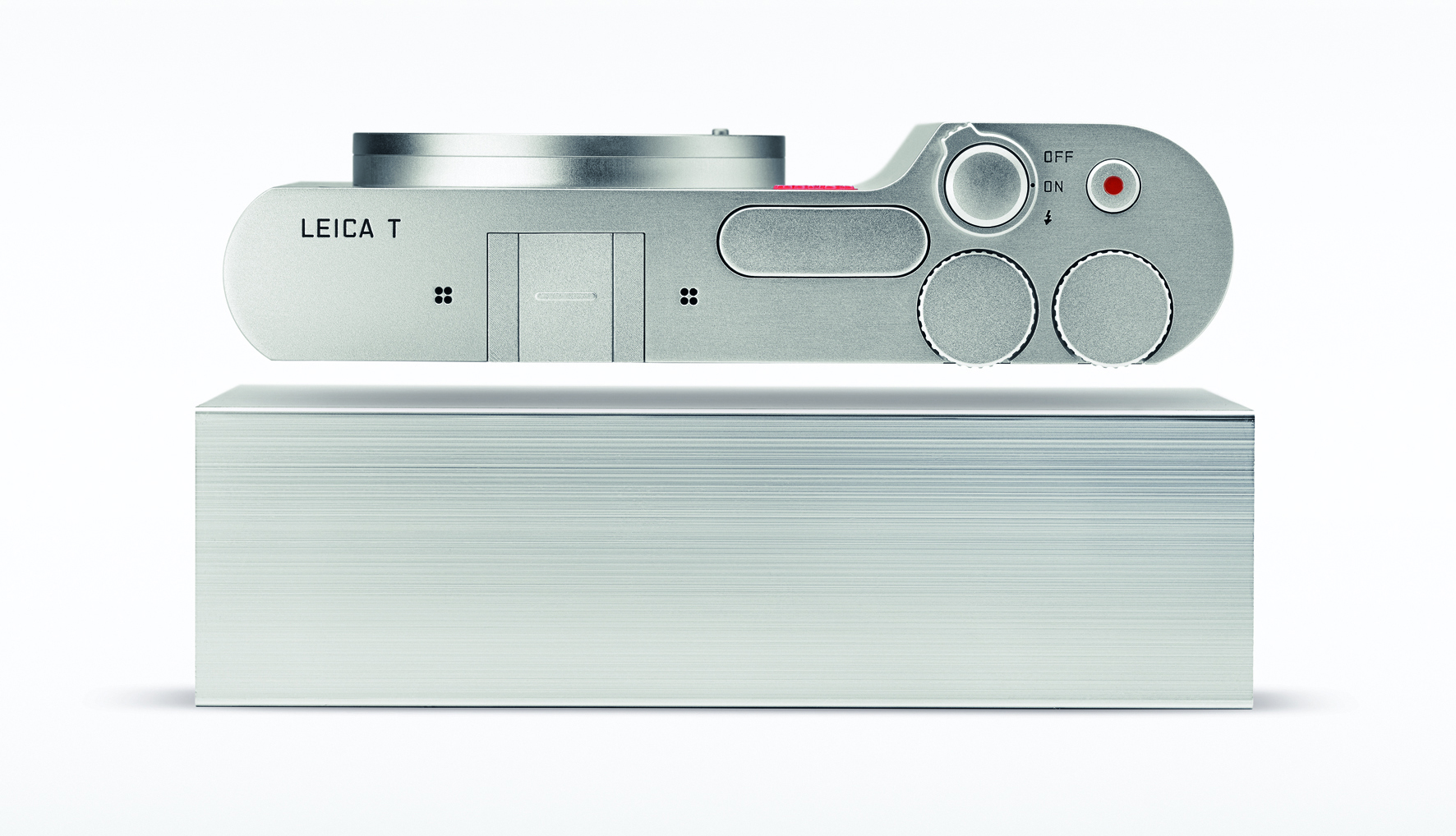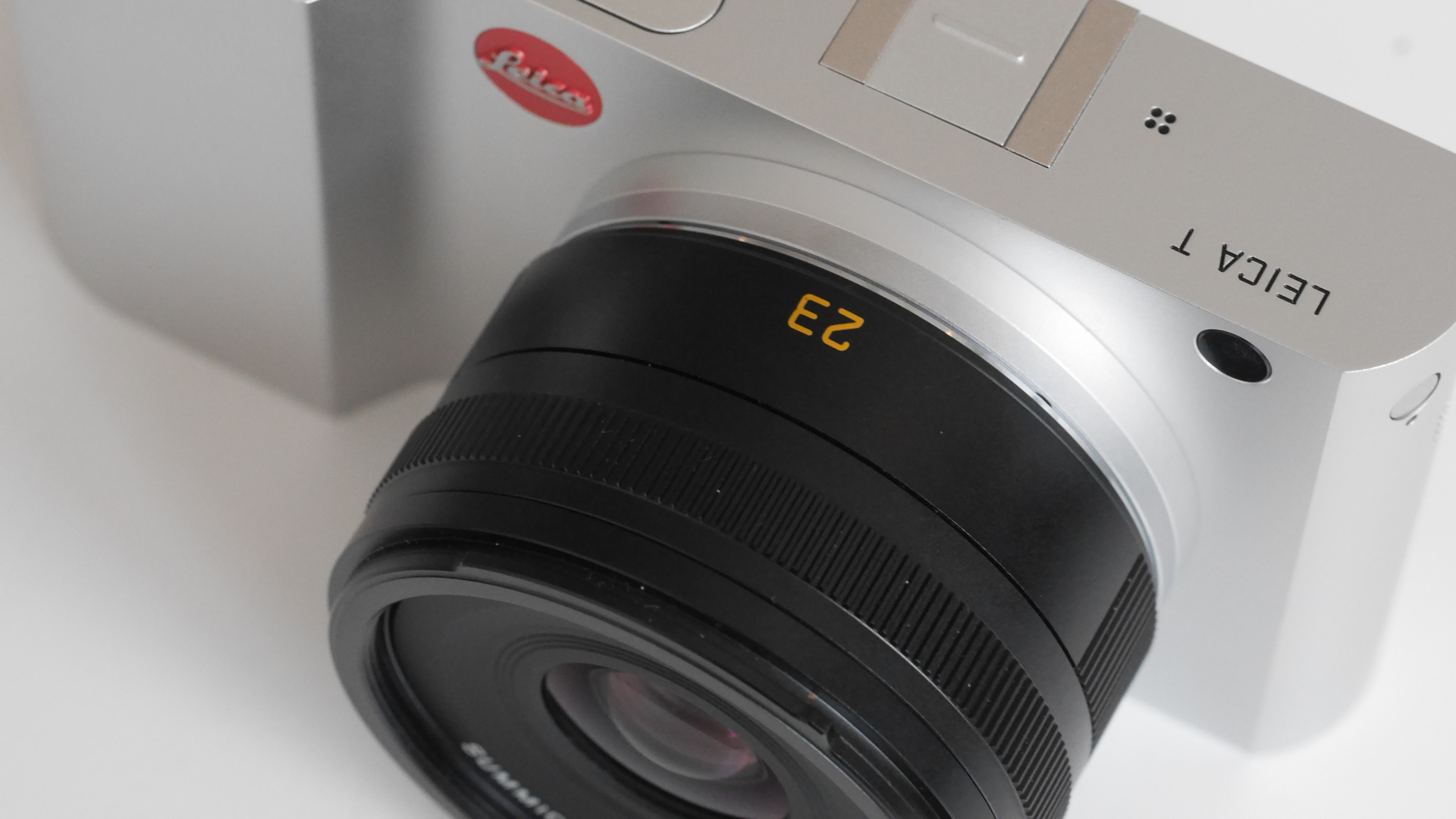TechRadar Verdict
It's good to see Leica embracing new technologies and new ways of controling a camera to give it greater appeal for the next generation of well-heeled photographers.
Pros
- +
High quality build
- +
Simple control
- +
Leica reputation
Cons
- -
High price
- -
Limited number of lenses currently available
Why you can trust TechRadar
Compact system cameras have become pretty much commonplace over the past few years. Arguably, with its series of rangefinders, Leica has been in the CSC industry for longer than anybody else.
Now however, it has introduced what will compete more closely with the likes of the Fuji X series, Olympus PEN series and Sony E-mount systems.
Leica says that the T system is a return to back to basics shooting, which is borne out by the fact that there aren't too many complicated controls on the body of the camera itself.
Inside the camera is a 16.5 million-pixel APS-C sized sensor, which puts it in direct competition with cameras from Sony, Samsung, Canon and Fuji. Leica has also developed a new image processing engine for the T series.

The Leica T mount is also completely new, and at launch there are two new lenses which are directly compatible with the camera. These are an 18-56mm f/3.5-5.6 and a 23mm f/2 prime optic. Unlike Leica's M rangefinder cameras, the lenses are capable of autofocusing, hence why a new mount and lens range is needed. You can however attach classic M lenses via an adapter if you have them – though you will only be able to use manual focus if you do that.
Towards the end of the year, at Photokina 2014, Leica is promising to introduce two more lenses for the T system – a wide-angle 11-23mm f/3.5-4.5 (which is equivalent to 17-35mm in 35mm terms) and a telephoto 55-130mm f/3.5-4.5 (equivalent to 55-130mm) zoom lens.
Leica is positioning this camera more towards the luxury end of the market, as opposed to the practical end, so the design element is the key selling point. The camera, which has been designed in collaboration with Audi Design, is crafted from a single block of aluminium, which is polished by hand for 45 minutes (there's a video online for fans of banality).

Integrated Wi-Fi is starting to become standard across the industry, and it's nice to see being adopted by a traditional manufacturer such as Leica. This allows for the quick transfer of images across to your smartphone, tablet or computer. A free app available for Android and iOS gives you access to the different functions, including using your phone or tablet as a remote viewfinder, through which you can change parameters such as shutter speed and aperture.
On the back of the camera is a large 3.7-inch touchscreen LCD – again something which is nice to see adopted by a traditional manufacturer.
As standard, there's no viewfinder included on the T, but there is a hotshoe through which you can attach optional accessories including a viewfinder which also comes complete with integrated GPS.

Something which is fairly unusual for a compact system camera is 16GB of inbuilt memory, which should last a fair while. There is also a slot for SD/SDHC/SDXC cards for when you run out.
It's hard to find a direct competitor for the Leica T. As it has an APS-C sized sensor, its natural competitors would be found amongst Fuji, Samsung and Sony. With its lack of buttons and direct control dials, or a built-in viewfinder, it would seemingly go against mid- or lower-range cameras from those manufacturers – the price would suggest otherwise, but it's important to remember that you'll be paying a premium for the Leica brand. On a positive note, the camera comes bundled with Adobe Photoshop Lightroom.
Amy has been writing about cameras, photography and associated tech since 2009. Amy was once part of the photography testing team for Future Publishing working across TechRadar, Digital Camera, PhotoPlus, N Photo and Photography Week. For her photography, she has won awards and has been exhibited. She often partakes in unusual projects - including one intense year where she used a different camera every single day. Amy is currently the Features Editor at Amateur Photographer magazine, and in her increasingly little spare time works across a number of high-profile publications including Wired, Stuff, Digital Camera World, Expert Reviews, and just a little off-tangent, PetsRadar.
